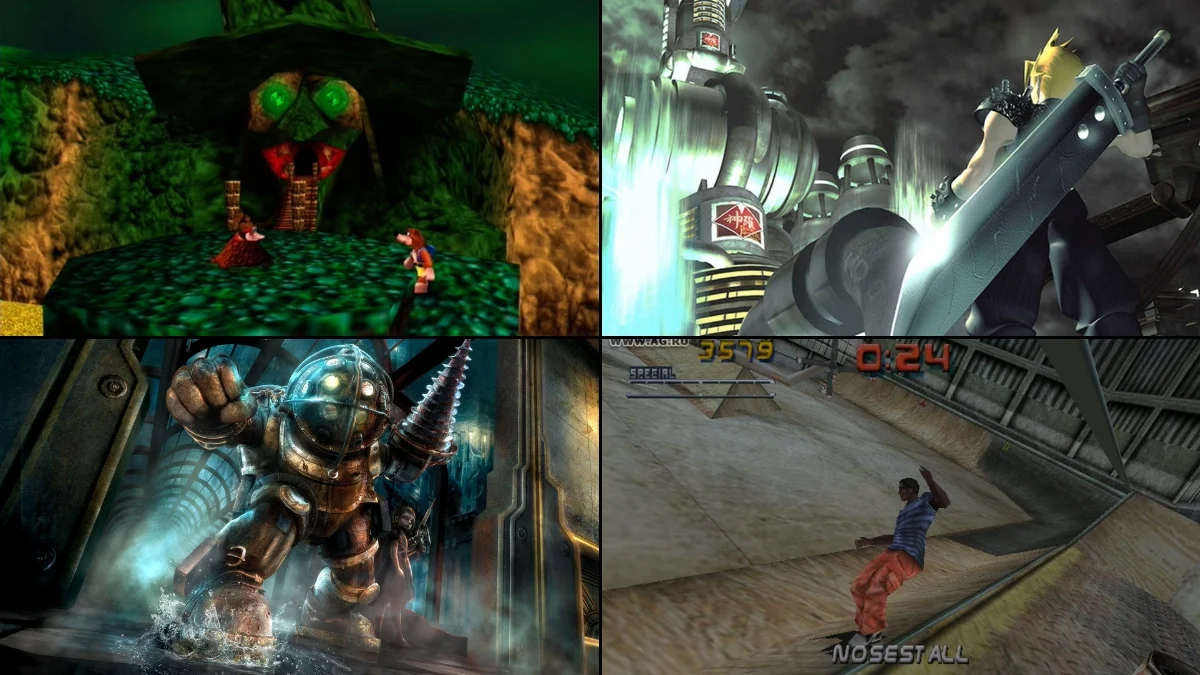
Video games are intricate programs that often hide unfinished content within their files. During development, creators build testing areas and safety measures that are supposed to be removed before the final game is released. However, dedicated players frequently find ways to access these hidden areas by exploiting glitches or using hacks. These discoveries provide a unique glimpse into how the game was made and reveal leftover pieces of content that didn’t make the final cut.
‘Super Mario Bros.’ (1985) – Minus World
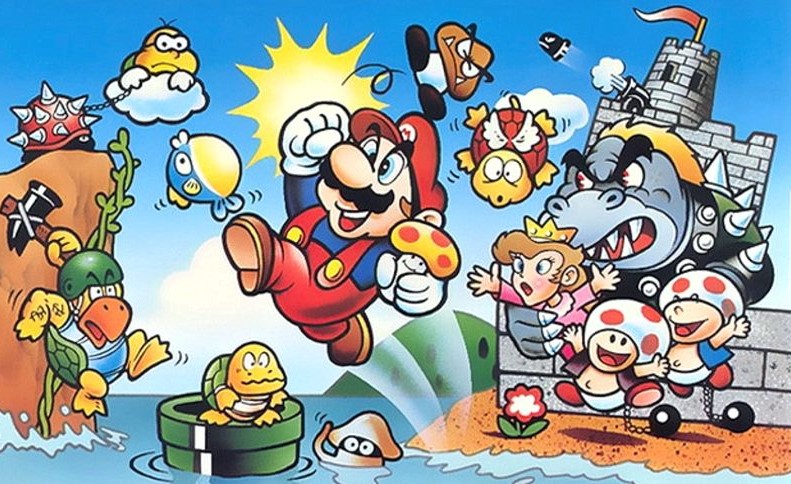
A coding mistake in the original Super Mario Bros. accidentally created one of gaming’s most well-known glitches. By performing a tricky jump through a wall in World 1-2, players can access an endless underwater loop. The game gets confused about where to send Mario, directing him to a strange level labeled with just a space and a number. This unintended area continues forever unless the player loses all their lives or restarts the game.
‘World of Warcraft’ (2004) – GM Island

Blizzard Entertainment built a hidden area called GM Island as a place to train and support their Game Masters. Located far from the main game world off the coast of Teldrassil, it was originally intended to be inaccessible to players. However, some players discovered ways to reach it using glitches or by playing on private servers until Blizzard improved the island’s security. GM Island has its own special buildings and shopkeepers who sell equipment for testing or powerful items.
‘GoldenEye 007’ (1997) – The Citadel

Rare created a multiplayer map called the Citadel, but it was never completed and wasn’t included in the final game. Players used a GameShark to find and explore this unfinished area, which has steep slopes and basic textures. The map’s design hints at a planned game mode that was ultimately cut from the game. It’s become one of the most talked-about lost pieces of content from Nintendo 64 games.
‘Grand Theft Auto III’ (2001) – Ghost Town

The developers at Rockstar North created a small, hidden part of Liberty City just for the game’s opening scene. This area, nicknamed ‘Ghost Town,’ is located beyond the main game map, behind the hills of Shoreside Vale. They didn’t fully build it out – meaning you can fly through buildings – because they never intended players to reach it, especially not with the Dodo plane. Getting there requires skillful flying to navigate the empty space around the city.
‘The Elder Scrolls V: Skyrim’ (2011) – Dead Body Cleanup Cell

Bethesda created a hidden, cross-shaped room in the game to manage data from characters who have died. When a named character dies, their body is moved to this dark room to free up memory in the main game world. PC players can reach this eerie location using special commands. Inside, they’ll find chests containing everything the characters were carrying when they died.
‘Final Fantasy VII’ (1997) – The Debug Room
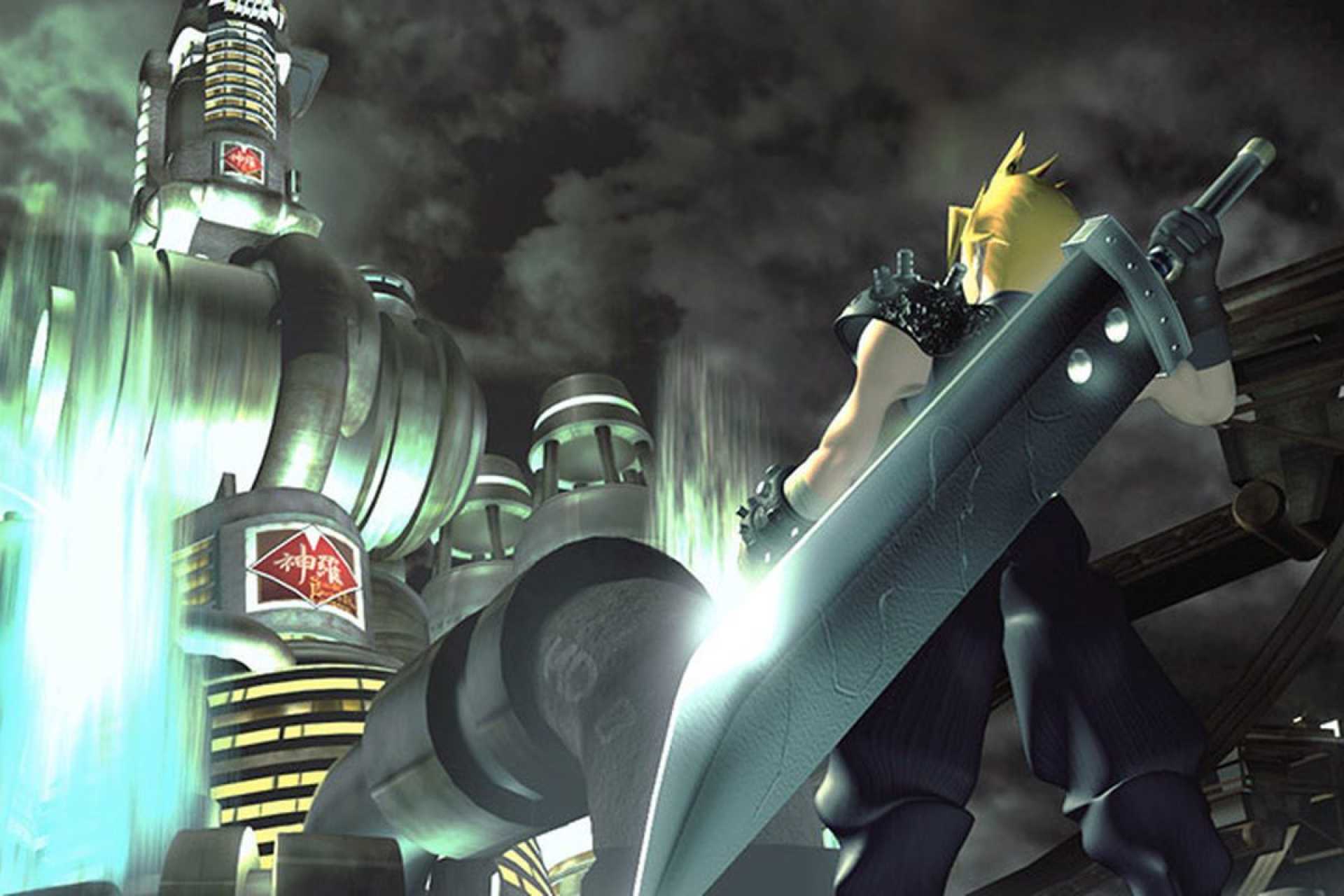
During the creation of this beloved role-playing game, Square built hidden rooms to test gameplay features and story elements. Players can reach these debug rooms using a GameShark code, which lets them skip past the usual game progression. Inside, they can choose dialogue options to instantly jump to any part of the story or get any item they want. A character named Aerith frequently appears to assist players in navigating these technical areas.
‘Pokémon Red’ (1996) – Glitch City

The Pokémon game has invisible walls that limit where you can go, but a clever trick in the Safari Zone can break through them. By carefully saving and resetting the game, players can create a glitched area filled with messed-up tiles and blocks you can’t pass. This area, known as ‘Glitch City,’ happens because the game loads the wrong map information. It’s hard to move around in Glitch City, and the game might even freeze or crash.
‘Fallout 76’ (2018) – Developer Room
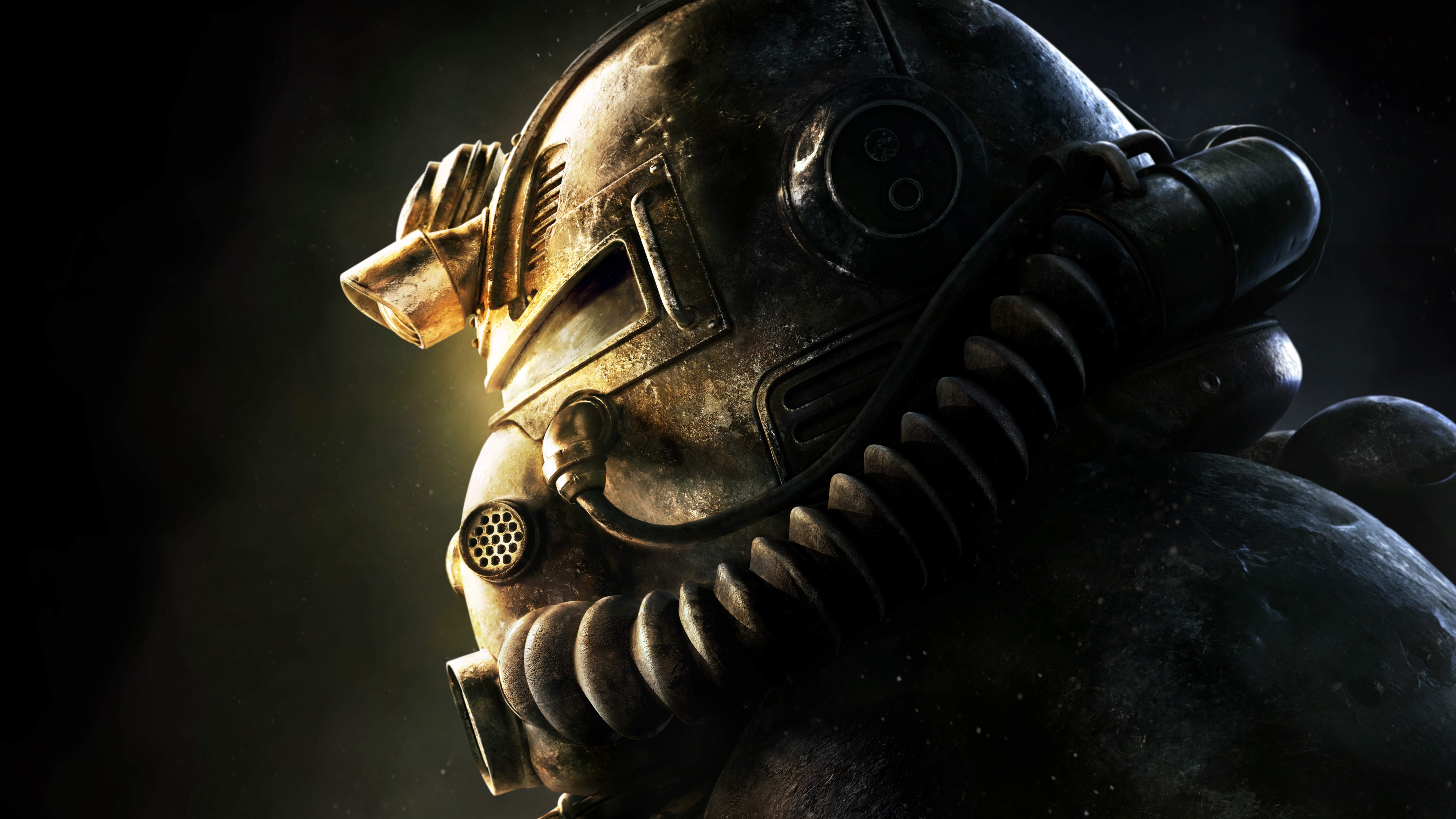
Bethesda accidentally left a hidden testing area in the live version of their game, filled with all the items available. Players discovered a way to access it and found weapons and armor that hadn’t been released yet. Because these items messed with the game’s economy, Bethesda banned the accounts of players who entered the area. This hidden space is essentially a warehouse where developers test new content before making it available to everyone.
‘Half-Life 2’ (2004) – The E3 Demo Maps
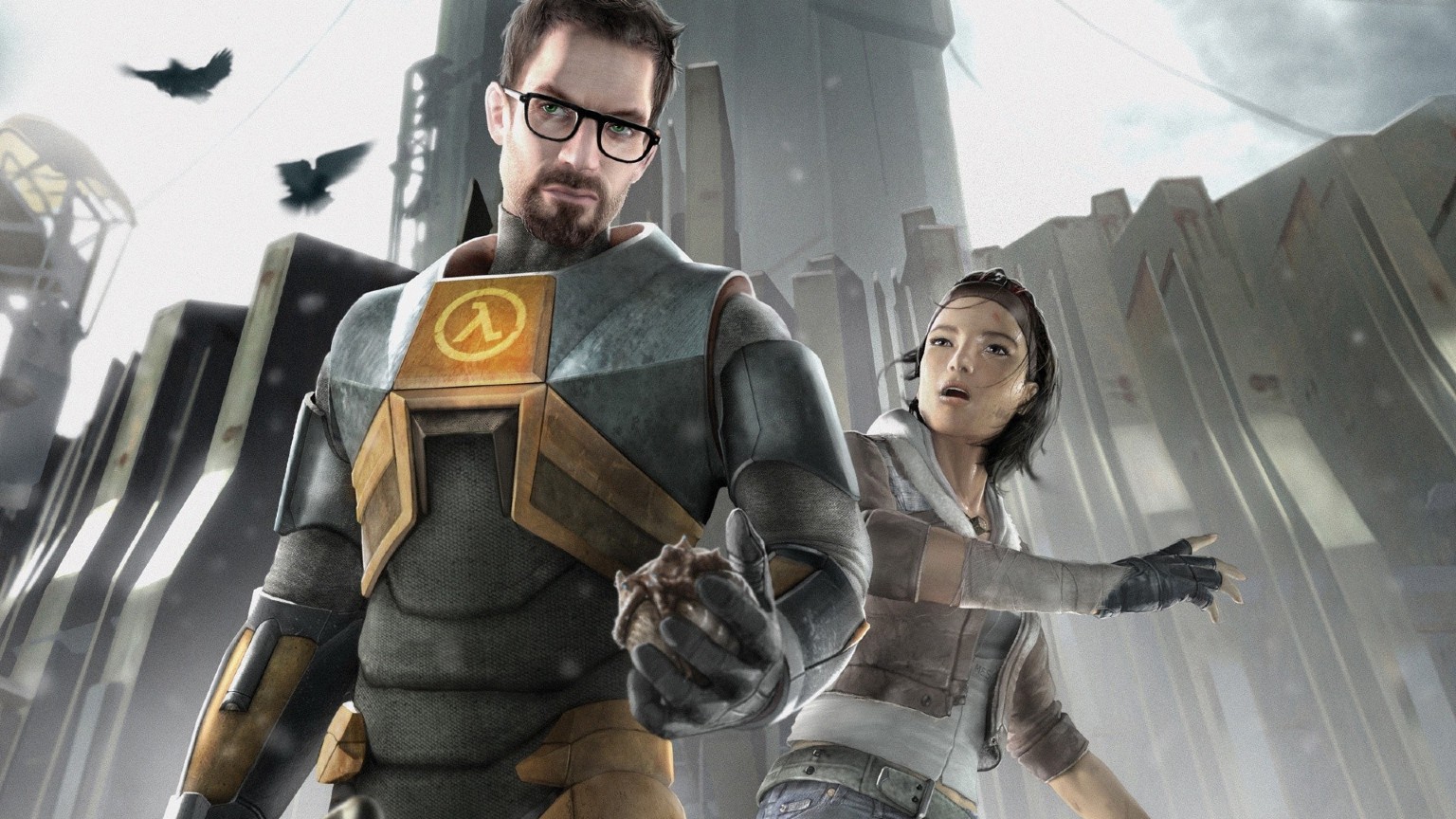
The finished game includes early versions of City 17 levels that were originally showcased as tech demos at E3. Players can access these maps using the developer console and explore how the game’s levels and enemy encounters were initially planned. These early builds are rougher than the final game, lacking some of the polished details and textures.
‘BioShock’ (2007) – The Hunting The Big Daddy Level

A hidden, unfinished level was discovered within the game files of 2K Boston. It seems to be an early test area, and players can unlock it using special commands. Inside, there are three unique challenge rooms. This area is very different visually from the rest of the game, with plain walls and basic shapes, offering a look at how the developers originally designed and tested the game’s combat.
‘The Legend of Zelda: A Link to the Past’ (1991) – The Chris Houlihan Room

To prevent crashes, Nintendo programmed a hidden ‘failsafe’ room into the game. If Link falls into a hole and the game can’t figure out where he should reappear, it sends him to this secret room filled with Rupees. A tile inside the room recognizes Chris Houlihan, who won a Nintendo Power contest. Essentially, this room acts as a safety net to keep the game running smoothly when something goes wrong with transitions.
‘Sonic the Hedgehog 2’ (1992) – Hidden Palace Zone

Sega originally designed a level called Hidden Palace Zone for Sonic the Hedgehog 2, but it was cut before the game was released. However, the level’s data stayed hidden within the game cartridge and could be unlocked using cheat codes like Action Replay. This zone had its own special music and unique enemies not found anywhere else in the game. Years later, when the game was ported to mobile devices, the Hidden Palace Zone was finally made playable again.
‘Bloodborne’ (2015) – The Cut Boss Arenas
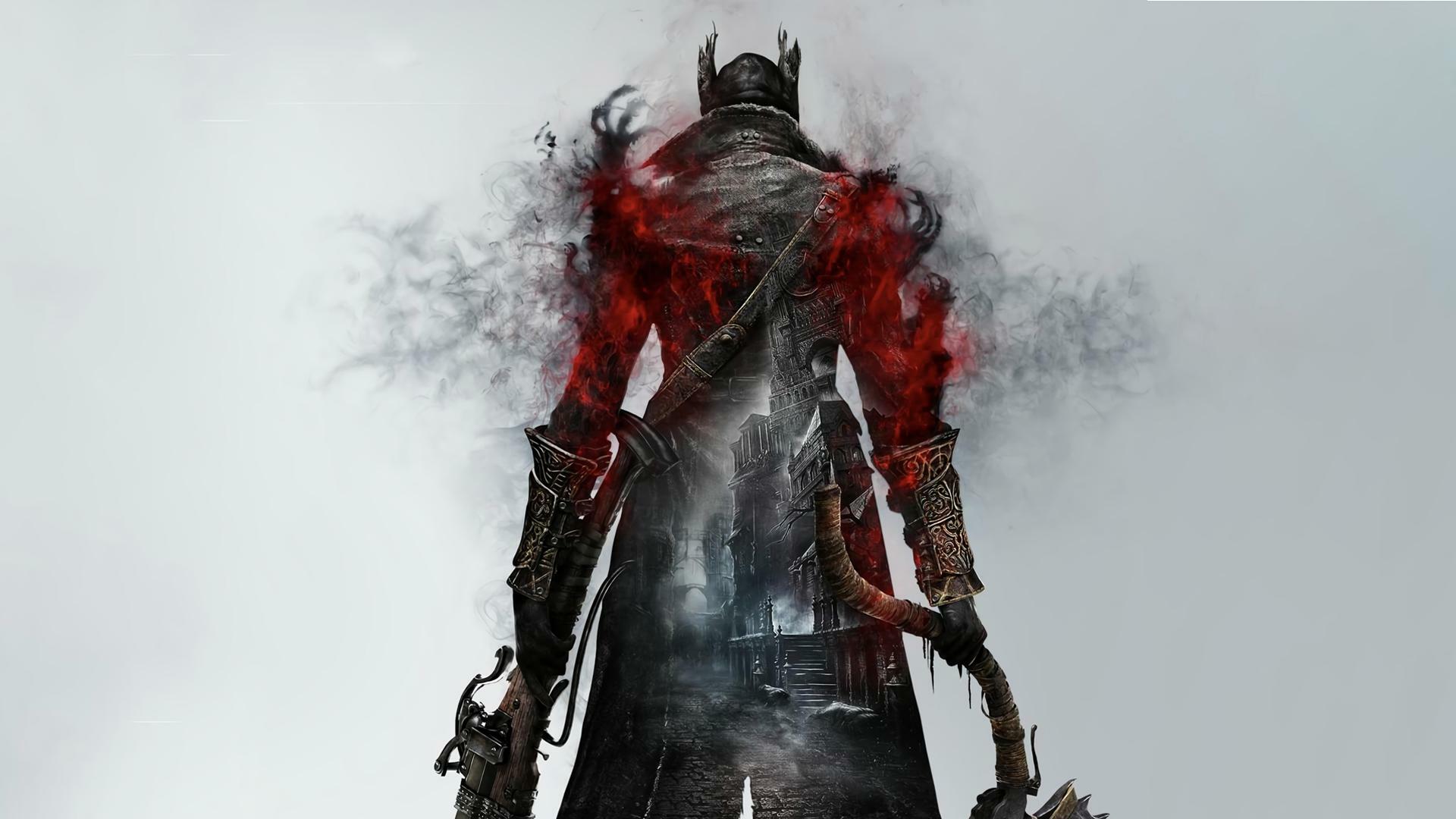
Data miners have uncovered leftover boss fights within the game’s code – encounters that FromSoftware ultimately cut before release. These fights, found within the game’s ‘chalice dungeons,’ feature incomplete enemies, such as the Great One Beast, and unfinished environments with missing textures and glitchy collision. These discoveries offer a glimpse into ideas for story elements and creature designs that the developers chose not to include in the final game.
‘Fallout: New Vegas’ (2010) – The Ron The Narrator Room

To deliver the ending narration in the game, Obsidian Entertainment cleverly used a hidden character. Known as Ron the Narrator, he’s positioned in a small, dark room and speaks the final lines of dialogue. PC players who use cheat commands allowing them to move freely can actually find this hidden space and even encounter Ron. Interestingly, if you defeat Ron during the ending, the narration will abruptly stop.
‘Destiny’ (2014) – The Terminus

Bungie had to close off a section of the Venus map called The Terminus because players discovered a way to access it prematurely. Players used a gravity lift intended for the upcoming ‘House of Wolves’ expansion before it was officially available. While the area was visually complete with buildings and lighting, it didn’t contain any enemies or treasure. This early access allowed players to get a sneak peek at the Citadel’s design before its official release.
‘Banjo-Kazooie’ (1998) – The Ice Key Room

A strange item called the Ice Key was hidden in a cave behind an ice wall in the game. The developers originally planned to connect this to a future game, but the technology needed to make that happen never fully worked. Players were able to find the key by using cheat codes or taking advantage of glitches in the game. This hidden area remains as a reminder of a grand plan that couldn’t be completed due to technical issues.
‘Portal’ (2007) – The Camera Room
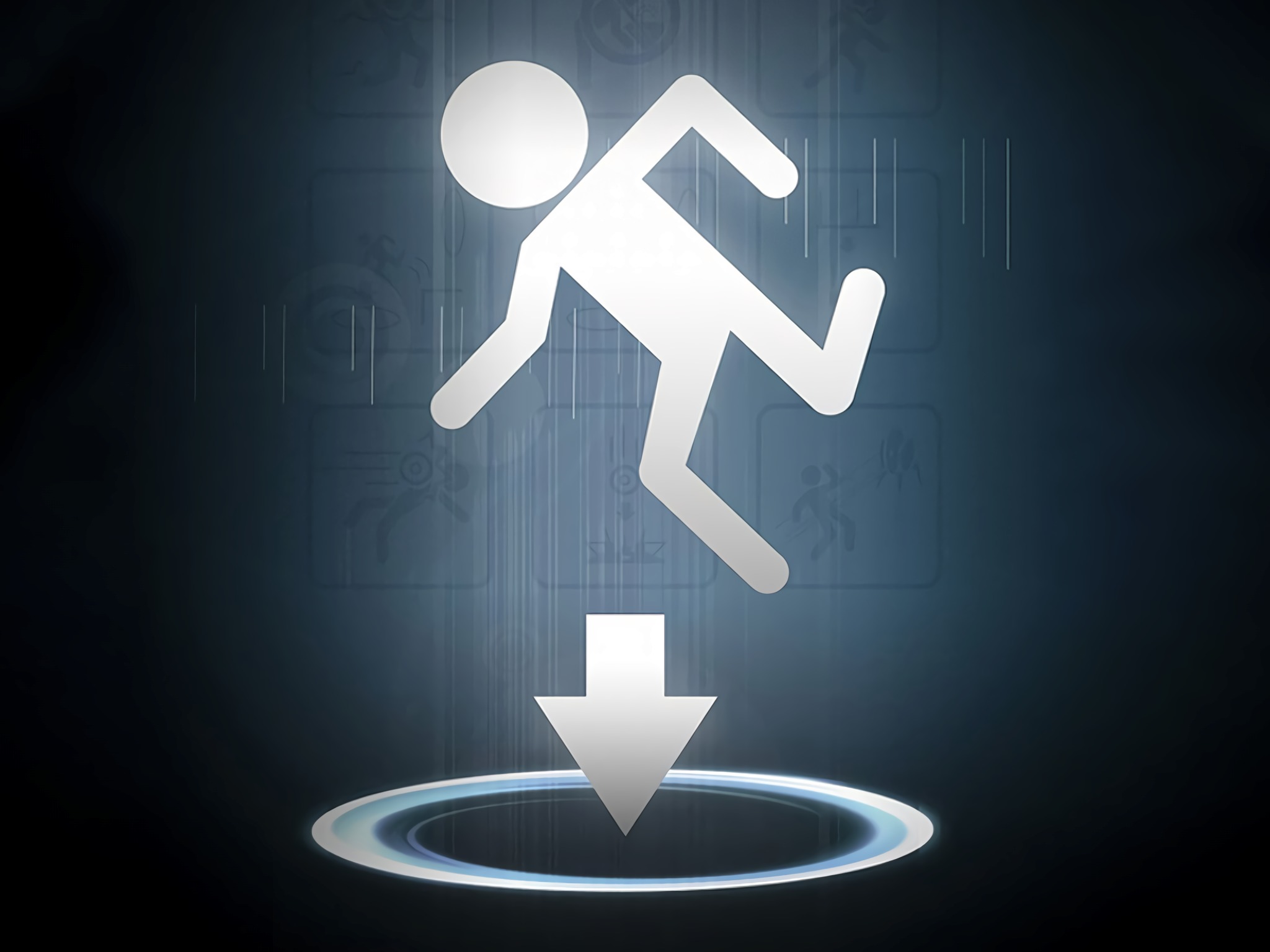
Valve creates the feeling of being watched in the test chambers using a smart visual trick. The game uses hidden cameras and projects their view onto screens using rooms that are normally off-limits. If you were to glitch through the walls, you’d find small, hidden boxes containing these cameras, which are filming you. It’s a clever effect designed to remain unseen.
‘Dark Souls III’ (2016) – The Placeholder Map

Players have discovered a hidden, simplified version of the Firelink Shrine within the game’s files. Accessed through modifications, this area is a bare, gray environment used by the developers to test how characters move and how light behaves. It doesn’t contain any enemies or items – it’s essentially a testing ground showing the basic building blocks used before the game’s detailed visuals were added.
‘Tony Hawk’s Pro Skater 2’ (2000) – The Heaven Spot

The skateboarding game, a classic from Neversoft, features a famous glitch. Players can exploit this glitch on the Roswell level by grinding a particular rail, which sends their skater soaring into an area outside the normal game boundaries. Once launched into this endless void above the warehouse, players can continuously perform tricks and accumulate millions of points because the game doesn’t have a high enough ceiling to stop them from endlessly climbing.
‘Gran Turismo 2’ (1999) – The Void

Polyphony Digital’s new game has a bug on the Tahiti Road course that lets players drive off the track. If you hit a certain speed while going into the mountains, your car will fly into a strange area filled with messed-up graphics. The game struggles to display anything as you float through scrambled colors and broken textures. This glitch reveals how the PlayStation console handles areas it wasn’t designed to show.
Tell us which of these hidden areas you would most like to explore in the comments.
Read More
- Calvin Harris Announces India Debut With 2 Shows Across Mumbai and Bangalore in November: How to Attend
- DOGE PREDICTION. DOGE cryptocurrency
- The Relentless Ascent of Broadcom Stock: Why It’s Not Too Late to Jump In
- EQT Earnings: Strong Production
- Broadcom’s Quiet Challenge to Nvidia’s AI Empire
- Heights Capital Bets $16M on ImmunityBio: A Calculated Gamble?
- Why Rocket Lab Stock Skyrocketed Last Week
- Docusign’s Theatrical Ascent Amidst Market Farce
- How to Do Sculptor Without a Future in KCD2 – Get 3 Sculptor’s Things
- HBO Boss Discusses the Possibility of THE PENGUIN Season 2
2025-11-22 20:46